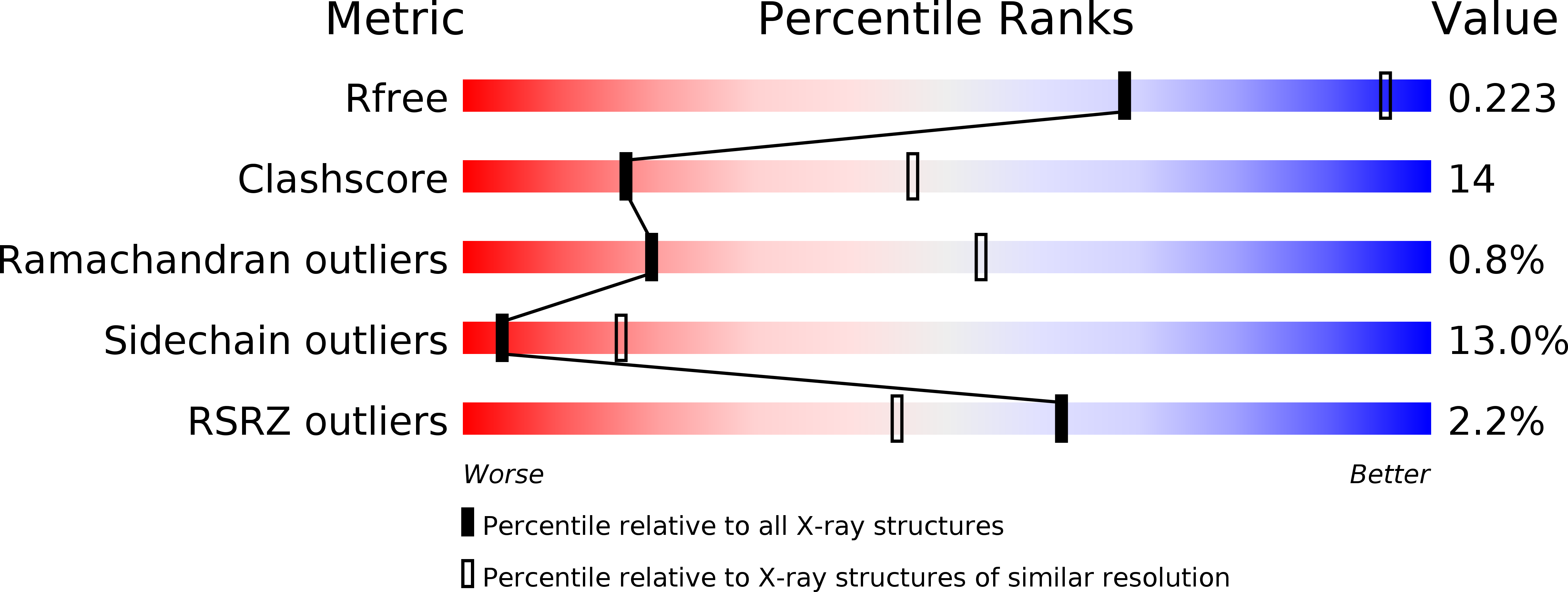
Deposition Date
2012-02-27
Release Date
2012-07-18
Last Version Date
2024-02-28
Entry Detail
PDB ID:
4DX2
Keywords:
Title:
Crystal structure of the human TRPV4 ankyrin repeat domain
Biological Source:
Source Organism:
Homo sapiens (Taxon ID: 9606)
Host Organism:
Method Details:
Experimental Method:
Resolution:
2.95 Å
R-Value Free:
0.22
R-Value Work:
0.17
R-Value Observed:
0.17
Space Group:
P 32 2 1


